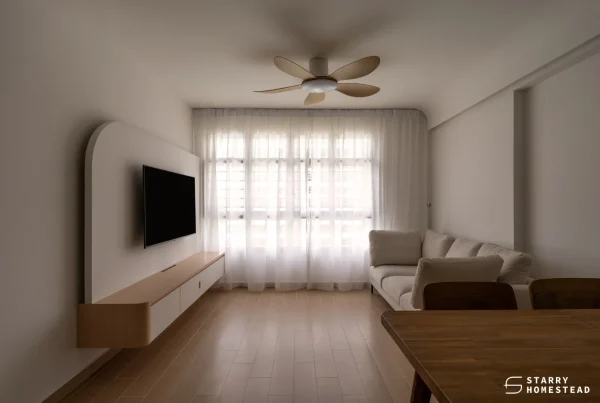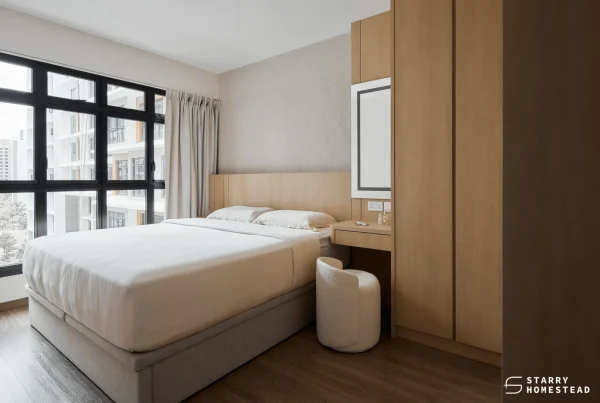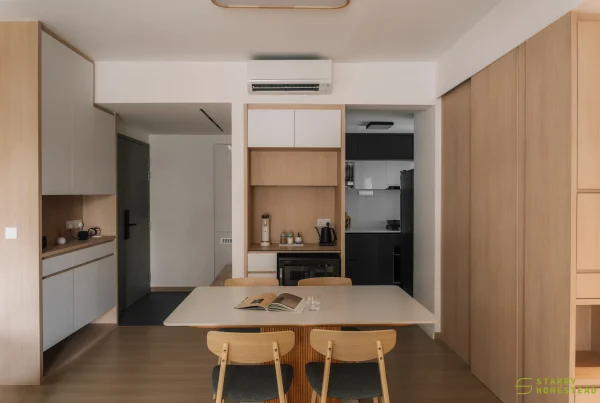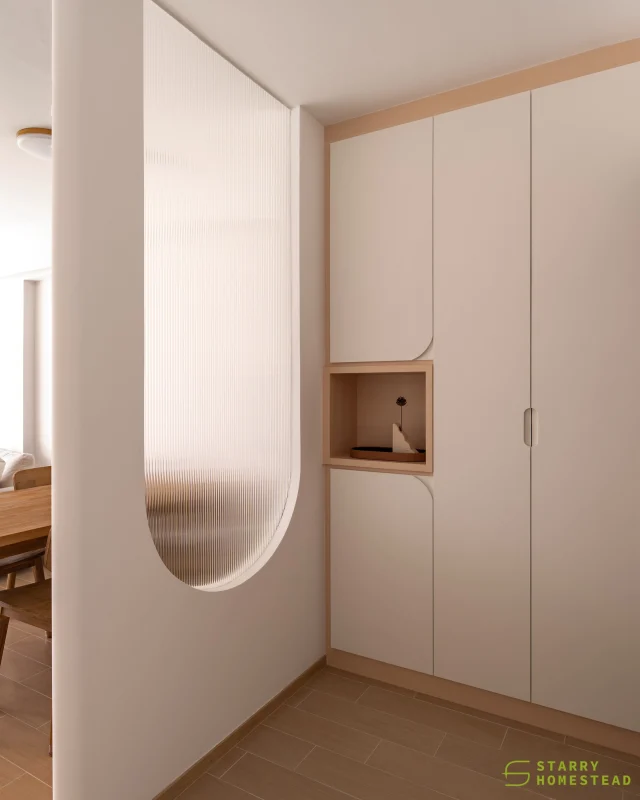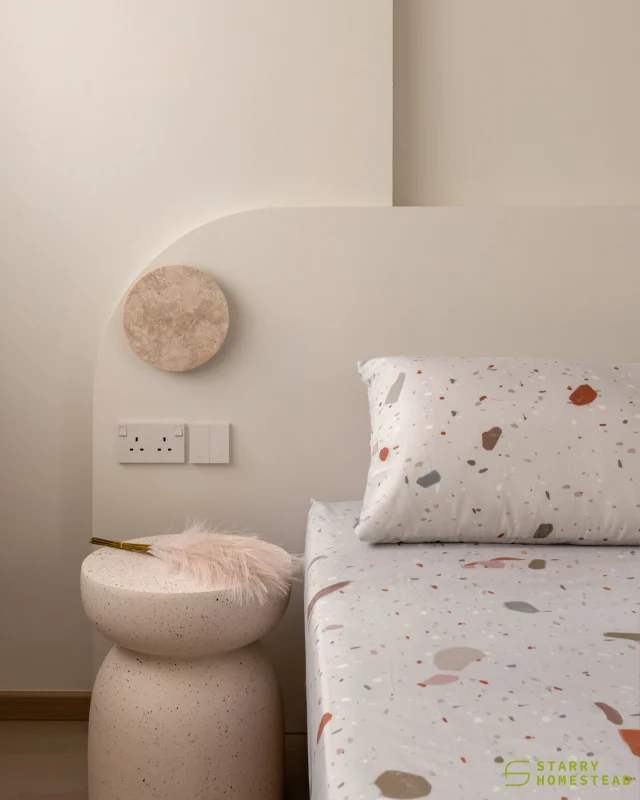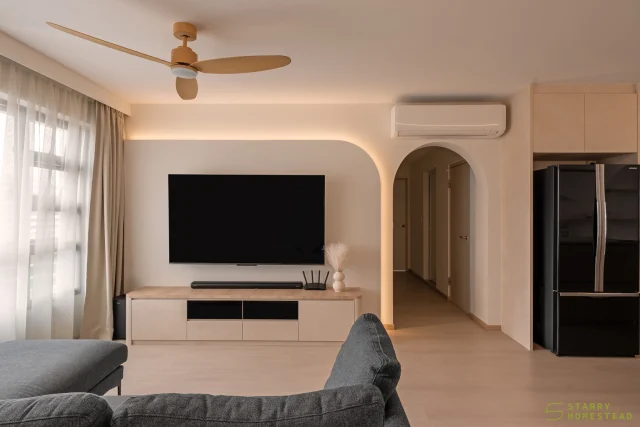The statistics are there; there’s no escaping it. Our population is ageing, and by the year 2030, nearly one in five Singaporeans will be over the age of 65. While the government is doing what it can to encourage younger couples to make more babies, we can also make changes to our homes so that the seniors can continue to live in a safe space.
Your home may serve your family’s needs now, but what about in five or ten years when the older folks have difficulty manoeuvring around? If you are thinking of making your homes more elderly-friendly, here are five home modification tips you can consider.
- Living Room
Seniors generally need more light than younger people; in fact, up to three times more. Thus, ensuring sufficient lighting sources is essential. If your living room does not have adequate natural sunlight streaming in, you might want to increase the amount of artificial lighting. Pick lighting of 300 to 500 LUX level, which is the right range for the elderly.
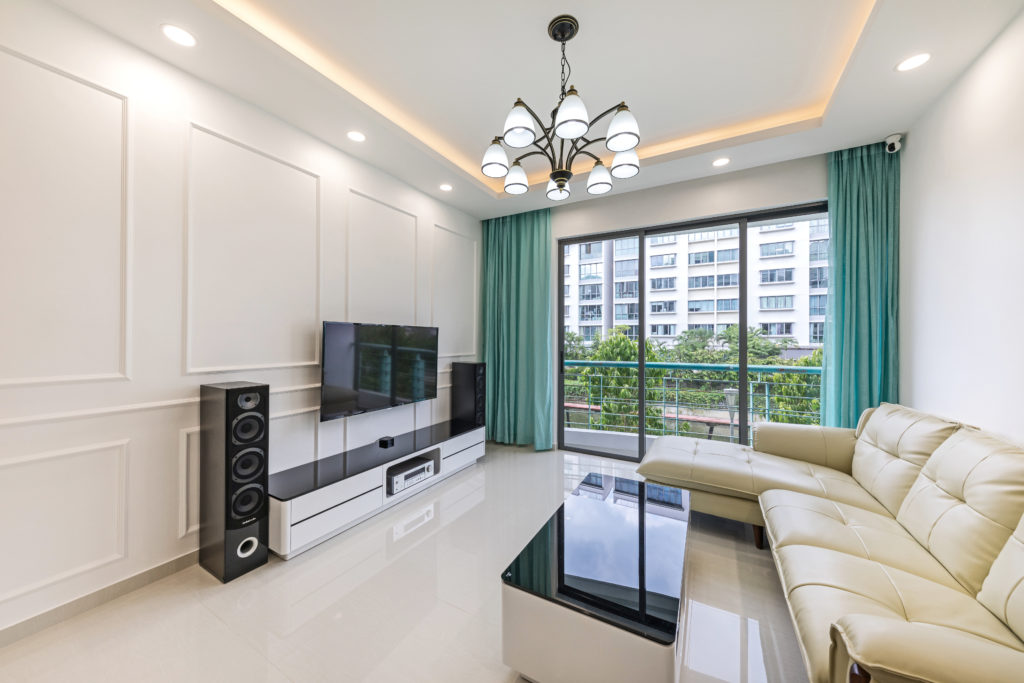
An interior space with ample natural light is more suitable for older folks.
While flooring materials such as marble and granite may up the chic-level of your home, they are a hazard as they can be slippery. Materials like tiles provide greater traction. Light furniture is also a better choice as they are easy to move around to make space for the elderly, especially those who are wheelchair-bound.
- Kitchen
Falling can cause fatal injuries to the older folks, so we want to remove any trip hazards from places like the kitchen. These include electrical cords and rugs that can potentially catch their foot.
If you have the budget, installing elderly-friendly kitchen cabinets such as pull-down shelving allows the elderly easier access to items stored in the upper cabinets. However, don’t neglect the lower cabinets as bending down frequently to reach for items can cause chronic leg and back conditions. Consider switching to pull-out drawers, which makes storing and retrieving easier.
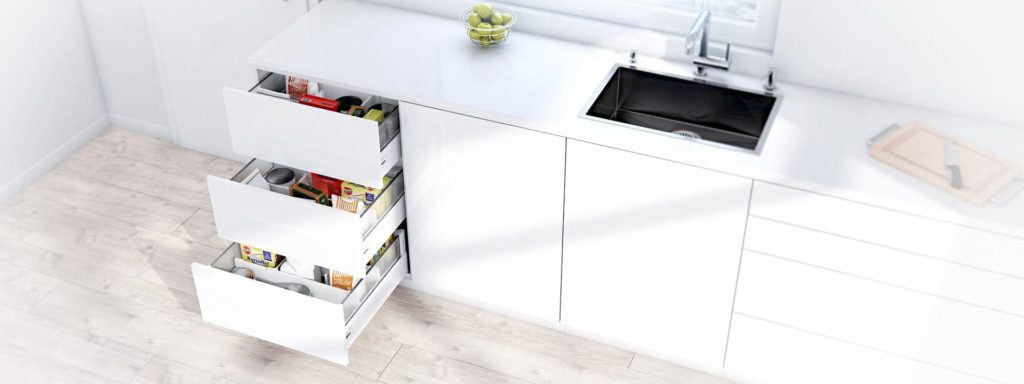
Pull-out drawers display all your kitchen utensils at once so the seniors don’t need to bend the knees. (Photo by Blum)
- Bathroom
Due to excess moisture, the bathroom is the most common place in the home for an older person to slip and fall. Thus, having slip-resistant flooring here is crucial. If hacking is out of the question, the simplest and most economical way to prevent debilitating accidents from occurring is to install grab bars near the toilet and in the shower. Placing sturdy bath mats with suction cups or non-slip rubber mats is also effective.

Grab bars are cost-effective tools to prevent slipping in the bathroom.
Even a small elevation can be risky to the mobility challenged, and thus, to minimize step-over hazards, shower floors must not be raised or lowered. Instead, occupants with mobility problems should be able to move straight into the shower. Bathtubs are, of course, out of the question! For added convenience, installing a foldable shower seat and low shelves allow seniors more comfort and easier access to toiletries while showering. For those with limited space, stand showers and shower benches are options to consider.
- Bedroom
The idea of safety first should be extended to the bedroom. For the older adults, getting in and out of bed can be challenging, so a couple of safety handles at the bed can be useful. Light switches should also be placed at a comfortable height as they are likely to get up in the night to use the bathroom.
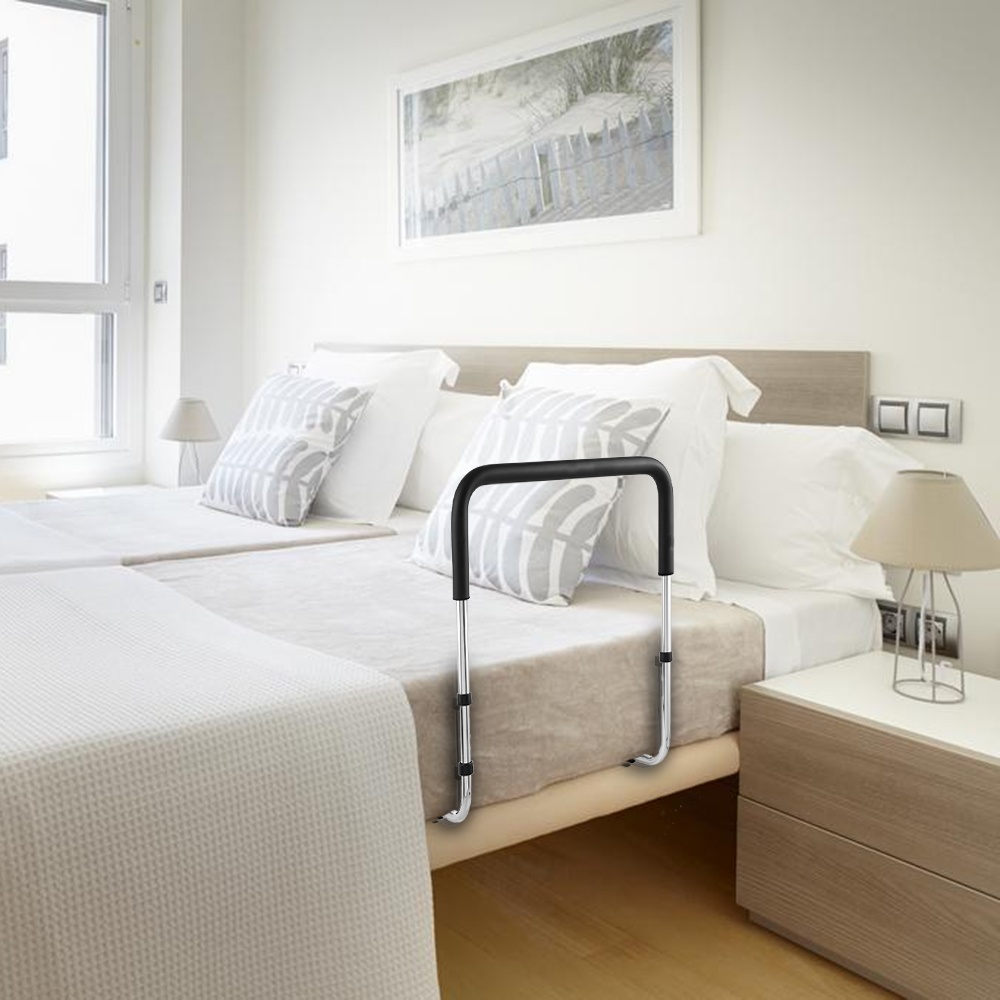
http://tiny.cc/xkveaz
Bed rails are useful for older adults to get in and out of bed.
Finally, examine the wardrobe and consider if it is spacious or well-lit enough for the elderly to look for their clothing or personal items without falling or having heavy objects fall on them.
- Smart Home Devices
There are high tech home devices available in the market that can go a long way in making life better for the elderly. For example, a smart home sensor allows them to call for help during an emergency while a smart alarm system lets you monitor your home from anywhere and be alerted on your smartphone if it detects motion or forced entry. Also, older folks tend to be forgetful, and if they like to cook, it can potentially be a disaster waiting to happen! Appliances such as smart stove shutoff will turn off the stove automatically if it has been left on for too long, making it safer for them to use.
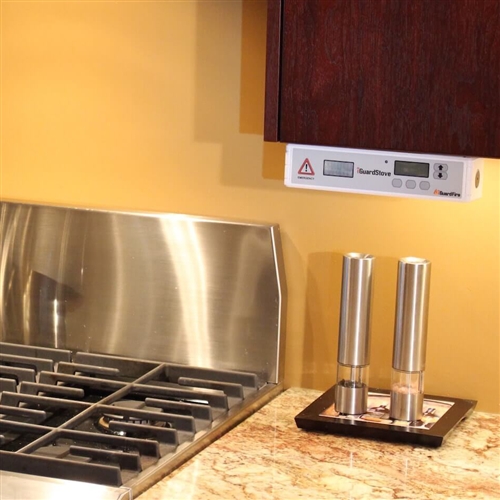
Smart Stoves shutoffs keep the absent-minded elderly safe in the kitchen. (Image from mindcarestore)
Designing an elderly-friendly home doesn’t necessarily need to be expensive or compromise your design aesthetic. By making simple modifications, you can provide a safe home for the senior members of your family to enjoy in their golden years. For more information, contact our interior designer for a little chat!
